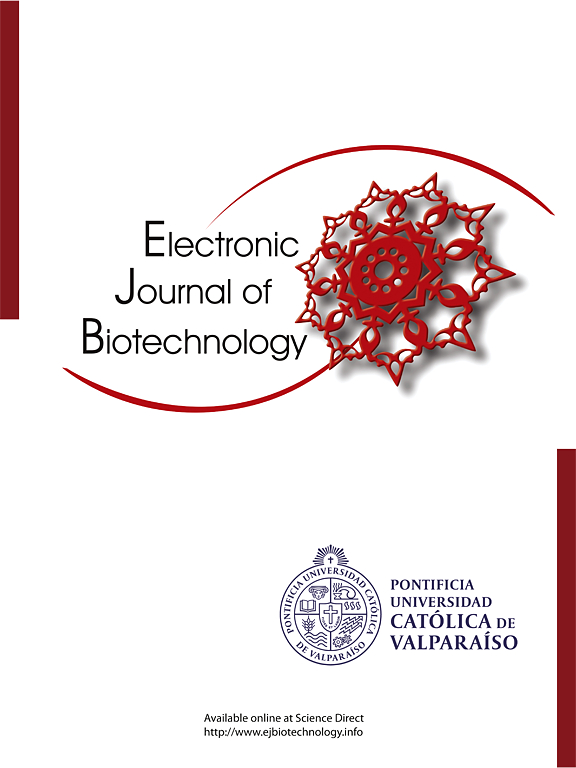Antioxidant, and enzyme inhibition effects of chia (Salvia hispanica) seed oil: A comprehensive phytochemical screening using LC-HR/MS
IF 2.5
4区 生物学
Q3 BIOTECHNOLOGY & APPLIED MICROBIOLOGY
引用次数: 0
Abstract
Background
In this study, the antioxidant and anti-Alzheimer's disease properties of Chia (Salvia hispanica) seed oil (CSO) were determined for the first time. Three different metal reduction and two different radical scavenging methods were used to determine the antioxidant properties of CSO. It exhibited higher antioxidant activity than vitamins E and C in the CUPRAC method.
Results
CSO has shown excellent efficacy in the antioxidant methods used in this study. In the DPPH radical scavenging method, CSO exhibited higher radical scavenging potential than BHT, a standard and synthetic antioxidant. The anti-Alzheimer's disease properties of CSO were determined by inhibition of acetylcholinesterase enzyme and its IC50 value (17.60 µg/mL) was found to be close to the IC50 value of tacrine (8.82 µg/mL), the standard inhibitor of the enzyme. Inhibition properties of α-glycosidase enzyme and human carbonic anhydrase II isoenzymes were also studied. It was understood that CSO inhibited both enzymes at a lower rate than standard inhibitors. Also, the total phenolic and flavonoid contents of CSO were determined as 784.44 µg gallic acid equivalent (GAE)/mL oil and quercetin 150.00 µg QE)/mL oil, respectively. In addition, LC-HRMS chromatography application was performed to understand the phenolic content of CSO. It was determined that isosakuranetin (29.07 mg/L oil) was the most abundant polyphenolic compound in CSA. Also, seven polyphenolics of the studied remained below the detectable amount.
Conclusions
It was found that CSO had effective antioxidant activity, polyphenolic contents and potent enzyme inhibition properties, associated with some global disease.
How to cite: Mutlu M, Bingol Z, Ozden EM, et al. Antioxidant, and enzyme inhibition effects of chia (Salvia hispanica) seed oil: A comprehensive phytochemical screening using LC-HR/MS. Electron J Biotechnol 2025;74. https://doi.org/10.1016/j.ejbt.2024.12.002.

鼠尾草籽油抗氧化和酶抑制作用:LC-HR/MS综合植物化学筛选
本研究首次测定了鼠尾草籽油(CSO)的抗氧化和抗阿尔茨海默病的作用。采用三种不同的金属还原法和两种不同的自由基清除法测定了CSO的抗氧化性能。在CUPRAC法中,其抗氧化活性高于维生素E和C。结果scso在本研究所采用的抗氧化方法中表现出优异的抗氧化效果。在DPPH自由基清除方法中,CSO比标准抗氧化剂BHT具有更高的自由基清除能力。通过抑制乙酰胆碱酯酶测定CSO的抗阿尔茨海默病特性,发现其IC50值(17.60µg/mL)接近该酶的标准抑制剂他克林的IC50值(8.82µg/mL)。并对α-糖苷酶和人碳酸酐酶ⅱ同工酶的抑制作用进行了研究。据了解,CSO对这两种酶的抑制率低于标准抑制剂。结果表明,总酚和总黄酮含量分别为784.44µg没食子酸当量(GAE)/mL油和150.00µg槲皮素当量(QE)/mL油。此外,采用LC-HRMS色谱法了解了CSO中酚类物质的含量。结果表明,异樱草素(29.07 mg/L油)是CSA中含量最高的多酚类化合物。此外,研究中的7种多酚仍低于可检测的量。结论CSO具有较强的抗氧化活性、多酚含量和较强的酶抑制作用,与某些全球性疾病有关。引用方式:Mutlu M, Bingol Z, Ozden EM等。鼠尾草籽油抗氧化和酶抑制作用:LC-HR/MS综合植物化学筛选中国生物医学工程学报(英文版);2009;34。https://doi.org/10.1016/j.ejbt.2024.12.002。
本文章由计算机程序翻译,如有差异,请以英文原文为准。
求助全文
约1分钟内获得全文
求助全文
来源期刊

Electronic Journal of Biotechnology
工程技术-生物工程与应用微生物
CiteScore
5.60
自引率
0.00%
发文量
50
审稿时长
2 months
期刊介绍:
Electronic Journal of Biotechnology is an international scientific electronic journal, which publishes papers from all areas related to Biotechnology. It covers from molecular biology and the chemistry of biological processes to aquatic and earth environmental aspects, computational applications, policy and ethical issues directly related to Biotechnology.
The journal provides an effective way to publish research and review articles and short communications, video material, animation sequences and 3D are also accepted to support and enhance articles. The articles will be examined by a scientific committee and anonymous evaluators and published every two months in HTML and PDF formats (January 15th , March 15th, May 15th, July 15th, September 15th, November 15th).
The following areas are covered in the Journal:
• Animal Biotechnology
• Biofilms
• Bioinformatics
• Biomedicine
• Biopolicies of International Cooperation
• Biosafety
• Biotechnology Industry
• Biotechnology of Human Disorders
• Chemical Engineering
• Environmental Biotechnology
• Food Biotechnology
• Marine Biotechnology
• Microbial Biotechnology
• Molecular Biology and Genetics
•Nanobiotechnology
• Omics
• Plant Biotechnology
• Process Biotechnology
• Process Chemistry and Technology
• Tissue Engineering
 求助内容:
求助内容: 应助结果提醒方式:
应助结果提醒方式:


